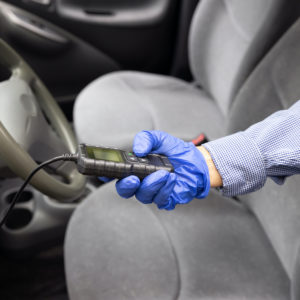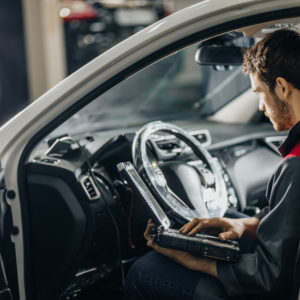The P2187 code is one of the more ambiguous codes that your vehicle can trigger. To address it efficiently, you’ll need to have a diagnostic strategy. This guide will help you with the diagnostics and troubleshooting of code P2187.
What Does the P2187 Code Mean?
Diagnostic trouble code (DTC) P2187 stands for “System Too Lean at Idle (Bank 1).” It indicates that your vehicle’s computer detected a potential issue with the fuel mixture at idle.
The term “Bank 1” on vehicles with V-engine and flat layouts refers to the side where the number 1 cylinder is located. Obviously, the other bank will be Bank 2.
Note that there is only one bank if your car has a straight engine and the scan tool will always refer to that bank as “Bank 1.”

In an internal combustion engine, the air-fuel mixture is controlled by the powertrain control module (PCM). The PCM uses a closed-loop air-fuel metering system and monitors the heated oxygen sensor signal voltage. It utilizes various data from the sensors in the car, such as the oxygen sensors, manifold absolute pressure (MAP) sensor, mass air flow (MAF) sensor, and crankshaft/camshaft position sensors.
The PCM adjusts the fuel mixture based on the data from the sensors in the car. Its range of adjustments needs to be as precise as possible or else issues like increased fuel consumption or rough idling will happen.
The PCM will reduce the fuel when the heated oxygen sensor is indicating a rich mixture. Fuel supply will be increased if the heated oxygen sensor signals a lean condition.
The P2187 code is stored when the fuel mixture is too lean—meaning there’s too much air but not enough fuel—at an idle. If you see the code P2189 instead of P2187, the lean fuel trim is in bank 2.
If you want to learn more about rich and lean OBD codes and how they are set, you may read our discussion about air-fuel mixtures.

If you plan a DIY approach to fixing P2187, you may also need an in-depth understanding of balanced air-fuel mixtures. You can read our explanation on how mixtures can trigger OBD codes.
To know the most likely causes of P2187, continue reading the following section.
Note: The definition of code P2187 may be different depending on the vehicle manufacturer. Consult the appropriate repair manual or repair database for the exact code definition.
What are the Possible Causes of the P2187 Code?
There’s a long list of causes for code P2187. Take note of the most common reasons why your PCM is setting this code:
- Vacuum leak
- Exhaust leak
- Faulty sensor
- Circuit or wiring issue
- Fuel delivery problem
- Engine mechanical issue
- An issue with the PCM
What are the Common Symptoms of the P2187 Code?

The possible accompanying symptoms of code P2187 ranges from a mild idle misfire to decreased engine performance. Below are the most common ones you may encounter:
- Illuminated check engine light
- Stalling
- Hesitation
- Engine misfiring
- Erratic engine idling
- Difficulty starting the engine
- Hissing or whistling noises from the engine bay
How to Diagnose the P2187 Code
You can watch the video below to get an idea of what diagnosing the code P2187 might involve. Keep in mind that the diagnostic and troubleshooting processes may differ from per car. For instance, the process for a P2187 on an Audi won’t be exactly the same as the process for a P2187 on a Mazda. So make sure you’re referencing the same make and model.
How to Fix the P2187 Code
Once you’ve established what set off the P2187 code, the next step is to determine the right way to resolve it. Consult online auto repair resources and guides. Make sure the solution you come up with is appropriate for your vehicle’s make, model, and year.
If you are not confident with your DIY skills, let automotive professionals resolve the issue. Not only are they well-equipped and well-experienced to fix the P2187 code, but they can also identify and prevent potential problems.
Shopping for Replacement Parts for Your Vehicle
As mentioned, there are several possible reasons why your vehicle may log this error code. Letting your engine run lean can cause problems in the long run, so it’s best to have your mechanic conduct repairs and replace faulty parts as soon as they are needed. CarParts.com is your trusted go-to when it comes to shopping for quality replacement parts. Whether you need aftermarket fuel system components or vehicle sensors, we’ll make it easy for you to source the parts you need to clear this trouble code.
Shopping on our website is made easy thanks to the user-friendly interface. We even have a built-in vehicle selector where you can input your car’s year, make, and model to show only the pieces that fit your ride. We have warehouses strategically located across the country to ensure fast and efficient shipping. You can expect your order to arrive as early as two business days.
Check out our best deals, and order the parts you need today!
Products Mentioned in this Guide
Any information provided on this Website is for informational purposes only and is not intended to replace consultation with a professional mechanic. The accuracy and timeliness of the information may change from the time of publication.


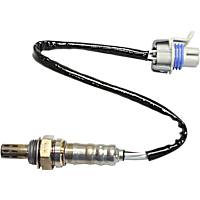 Oxygen Sensor
Oxygen Sensor
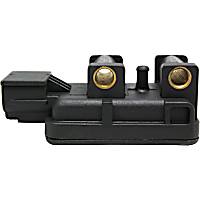 MAP Sensor
MAP Sensor
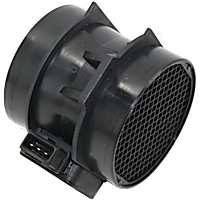 Mass Air Flow Sensor
Mass Air Flow Sensor
 Crankshaft Position Sensor
Crankshaft Position Sensor
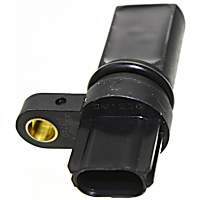 Camshaft Position Sensor
Camshaft Position Sensor


